AVIATES Acronym Explained
Pilot Institute
NOVEMBER 30, 2024
As a pilot or aircraft owner, keeping your airplane airworthy is one of the most important things you can do. But remembering every inspection and maintenance rule can be tough. T – Transponder Check Your transponder, which helps air traffic control see your airplane on radar, needs to be inspected every 24 months.


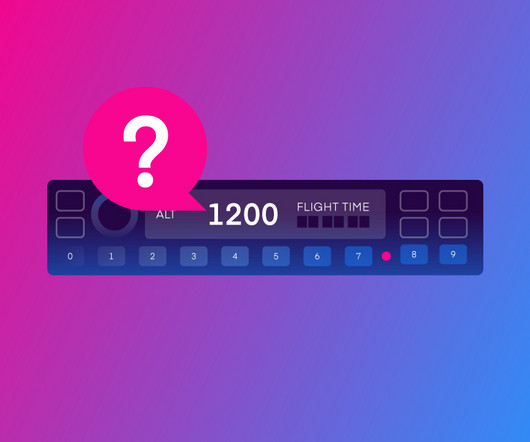

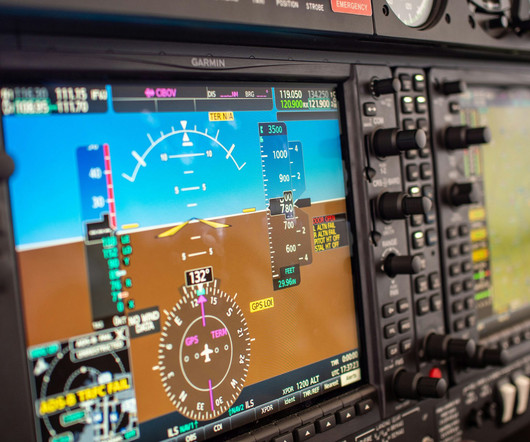

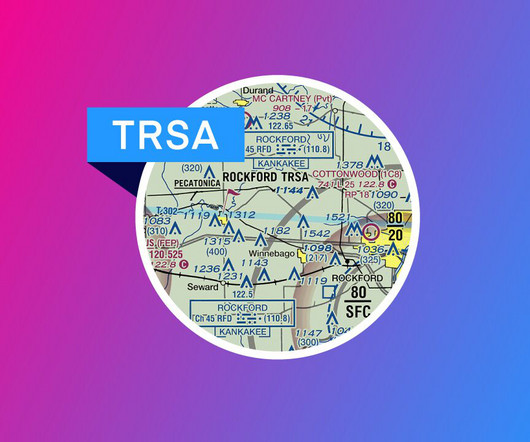
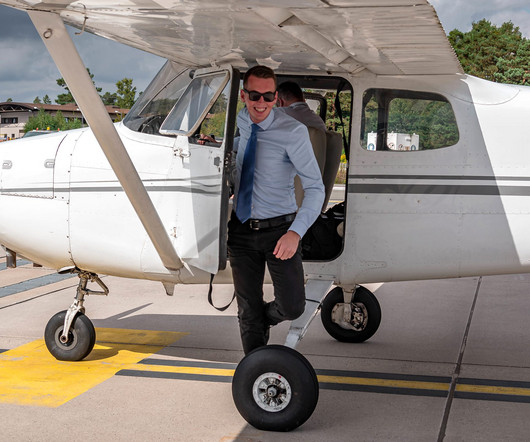
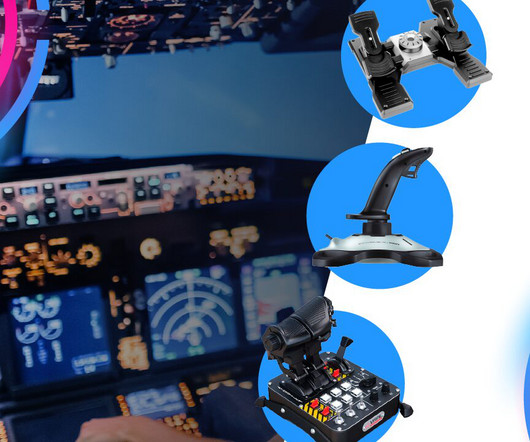

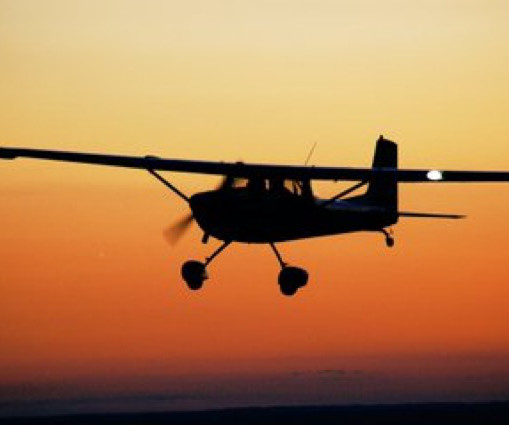
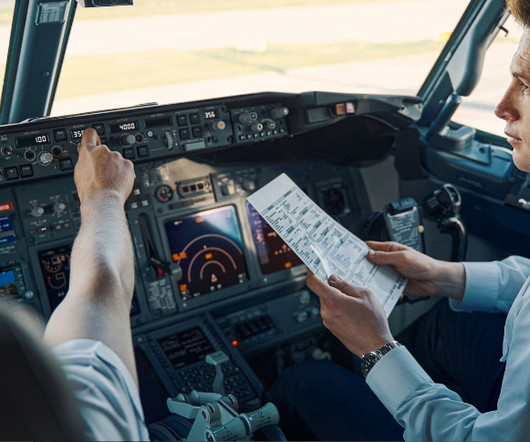


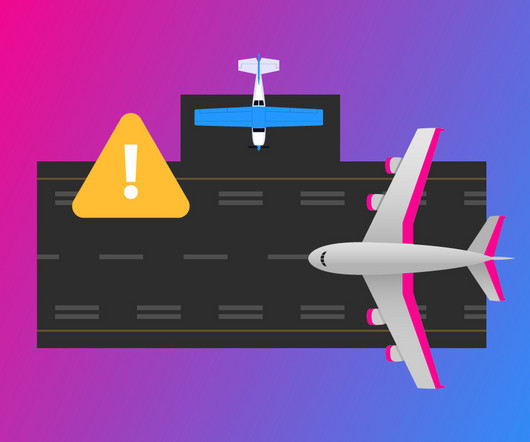
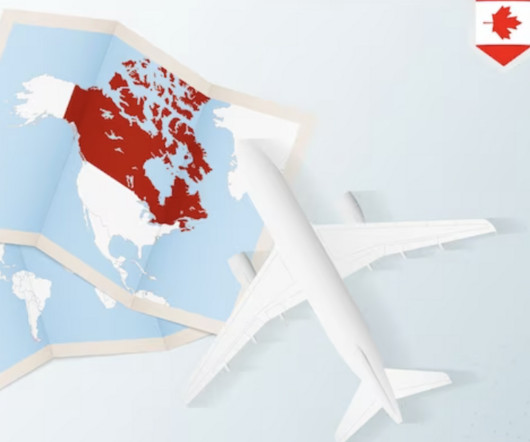






Let's personalize your content